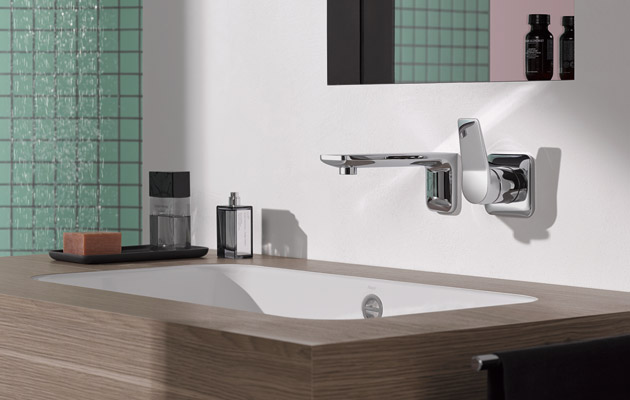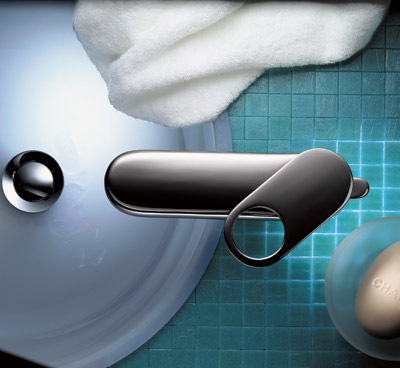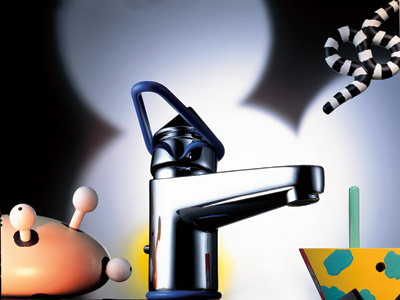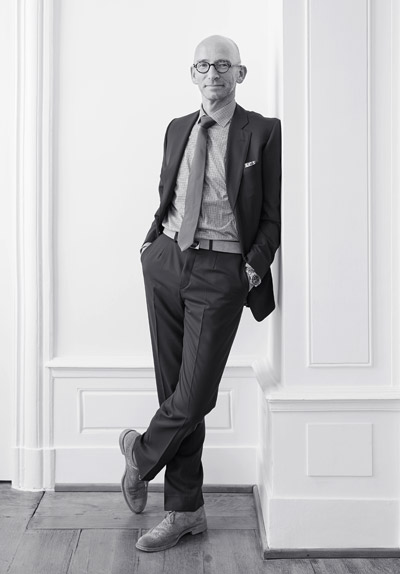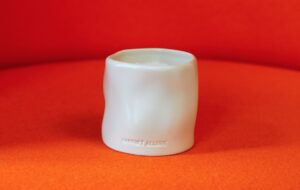|
|
||
|
The head of Sieger Design on the firm’s partnership with Dornbracht and the evolution of faucets Christian Sieger was in London to promote his latest venture with design-led bathroom company Dornbracht: the elegant Lissé faucet collection. Icon caught up with him at the CP Hart showroom to talk about Sieger Design’s long-established relationship with Dornbracht, Memphis-inspired taps and the connected home.
Domani faucet ICON How did the relationship with Dornbracht come about and why has it endured? CHRISTIAN SIEGER Well it actually started when Andreas Dornbracht, the managing director and head of marketing and sales today, saw some of the designs my father [the firm’s founder] did for Alape, which also belonged to the Dornbracht group. That was our first step into bathroom industry, in the early 80s. Andreas Dornbracht was coming back from the States said to his father, Helmut, ‘I think we should invite this guy to our factory to discuss new design approaches’. That was how the Domani selection (above) was developed. It was launched in 1985. At that time the product was quite a radical break, because it was a pure, geometrically-shaped faucet. ICON Did the studio flirt with the Memphis style? CS Yes, actually with the next product we realised, called Point (below). It was like a little head on top of a grey, metallic finish, with a turquoise handle, so that really had the Memphis touch. We also built the fair booth for the first years, so success stuck us together.
Point faucet ICON When did you and your brother get involved? CS My brother and I joined the business pretty early – my brother in the late 80s and I joined in 1990. We worked shoulder-to-shoulder with our father for 30 years. My brother already had his hands on Tara and Meta and all the other products that came out. In the middle of the 90s we really defined the road for the firm’s design together. ICON How would you describe your particular design DNA? CS We talk about the five Ps – the characteristics that all our products follow: proportion, precision, progressiveness, personality and performance. It’s not like we started with this checklist, but looking back all our products tick these boxes. ICON It is so important to have something that is extremely well-balanced. CS Quite often when you say, can I see this half a millimetre thinner to see what might look more elegant, some of the industry partners ask, who will be able to tell the difference? Well, I can. If I can see the difference, the consumer feels the difference. Maybe he cannot say what is right or what is wrong, but it’s our duty to make sure that it gets to the point where he just sees it and says, okay, it feels good. Our products have to have their own character. You want each one to be a new member of the family and not just a ‘me too’. Hopefully, there are consumers out there that say, well, this product – CL.1 or MEM – is typically me. And precision – I mean, we all love our phones getting tighter and smaller and more perfect, so why can’t we expect the same thing of a bathroom faucet?
Christian Sieger ICON With the rise of the connected home are we seeing our interactions with everyday objects change? Has our physical connection to the house been reduced? CS It’s a question of whether or not you like to touch something. We all enjoy the moment when you press the key and the trunk of your car opens for you to put in your shopping. At the same time, we like to turn on a shower without having to enter the cabin to turn it on and then jump out while it warms up. I think there is a reason to bring electronics into the bathroom, but only if it really supports me and eases my time. But there needs to be a balance – I wouldn’t want a bathroom where I only have sensor touches or just go in there and say, ‘Siri, make me clean’. ICON What about fashion? Is it something to be wary of? CS We have to be careful to not become too fashionable in the bathroom. Let’s be honest – people change their bathroom every ten to twenty years. We have to make sure they don’t rush into something they just love for the moment – like a neon washbasin that, in a year or two, feels outdated. Products now are durable. The quality has increased so much that it’s a question of how long the design’s lifecycle will last and can it age in a positive way. I mean, if you have a marble table, it can only get nicer the longer you use it. People looking for more natural materials in the bathroom have to understand that, for example, if you have pure brass faucet, that might change over the years. We need to find a balance, where we are not bringing new trends, new colours into the bathroom too quickly. I’m very happy to finally see different washbasins – not always white. It’s something that needs to be consulted with a team like the one at CP Hart to make sure that you’re not just going for some Hollywood style that means the next moment you say, ‘did I really buy this?’ I don’t really want to have that for longer than two years’. |
Words James McLachlan
Above: From the new Lissé collection |
|
|
||

